The 4 Most Popular Project Management Approaches You Need

With different project management methodologies/approaches available, choosing the right one for your project and team can be a challenge. The approaches of project management come with their own unique set of rules, principles, and best practices.
Most project managers aim for project success, but that is not always the case. Beyond the desire for success, your understanding and insight into the project management knowledge areas are vital.
Successful project managers can determine the best project management approach for their projects and get their project team members and stakeholders to buy into it.
Let’s check out 4 popular project management methodologies/approaches that you can use to improve business processes and manage projects.
Let’s get started.
What is a Project Management Approach?
Most people mistake the approaches of project management with the project management framework. This comparison is both accurate and flawed.
The project management framework provides the project team with structure and direction while leaving room for flexibility. On the other hand, the project management approach has rigid rules and structures.
What is a project management approach? It comprises a unique method, processes, and practices applied to plan, control, and accomplish a project. These approaches assist project managers in making logical decisions regarding the project or a group of projects.
In the absence of proper application of these project management methods, project success is far-fetched.
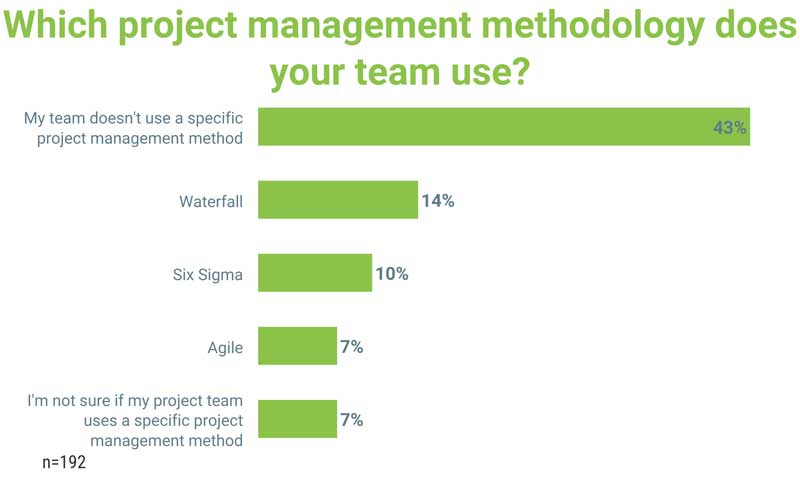
A project management approach is a sure guide for teams and departments regarding executing tasks and project deliverables. Delivering projects on time and within budget is easier with the right approach to project management.
Every approach has unique tasks and project-oriented roles that separate it from other project management methodologies.
According to the Project Management Institute (PMI), the leading project management body, every project is unique and requires different approaches.
Applying the same project management approach for every project is a recipe for disaster. One of the reasons why project managers stick to a particular approach is because they are knowledgeable in that aspect over others.
Aspiring project managers need to learn the core differences in every approach. However, there are common tasks that apply to all, like project planning, reviewing processes, consulting stakeholders, and revising methodologies.
Best Types of Project Management Approaches
There are various project management approach examples that you can use to tackle both simple and complex projects.
1. Traditional Project Management Approaches
The first project management approach to consider is the traditional approach. This approach is as basic as an approach can get.
While applying this approach, a project manager must follow a linear process with well-defined steps. Managers must diligently follow these predetermined steps to get the desired result promptly.
This approach focuses on adding small incremental changes to the project during execution to arrive at a particular result.
The traditional project management approach is a strategy that assists project managers in achieving project progress and goals within a time frame and predetermined budget.
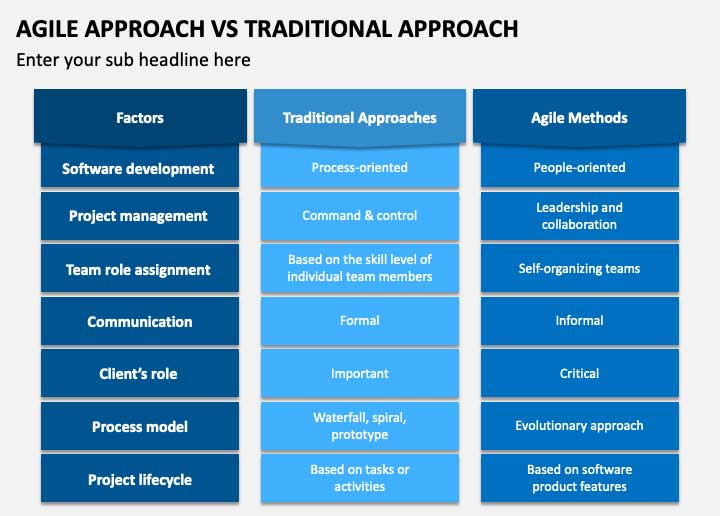
Phases of Traditional Project Management Approaches
To understand the traditional project management approaches, let us access its different phases closely.
Initiation Phase
The project initiation phase is the first stage of the traditional project management life cycle. This phase involves making vital project-related decisions like establishing the project vision and the end goal.
Project sponsors acquire in-depth knowledge about the project and give their authorization. In addition, the project scope and objectives are clearly defined with the right stakeholders chosen. Without this phase, the project cannot begin.
Project Planning
The project planning phase deals with crafting and establishing the project plan and scope. At this stage, the project manager and project team work together to ensure all required documentation is up-to-date. They decide and work around a suitable plan for the project.
Apart from writing an ideal project plan, the project manager introduces task planning, contingency plans, and risk management structures to ensure the project goes smoothly.
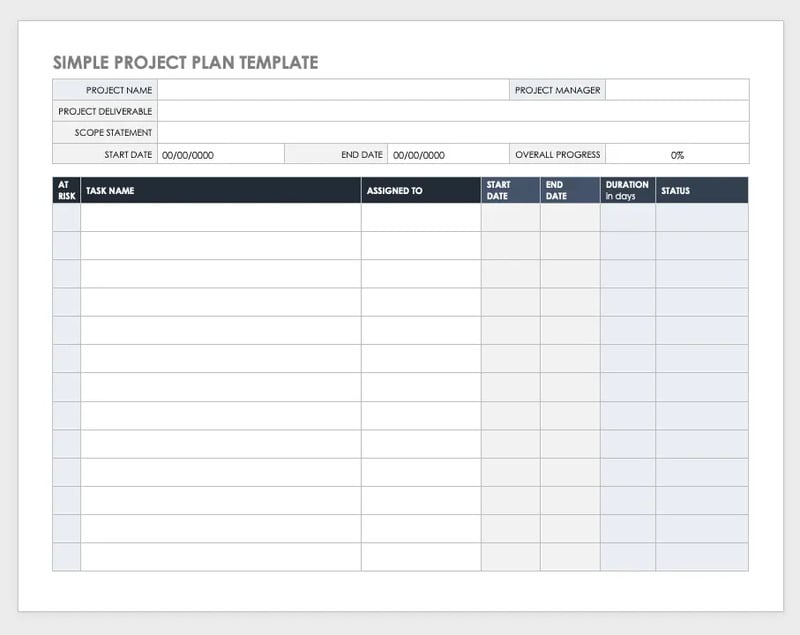
Executing Phase
The project execution phase is the longest and most complex phase of the project life cycle. Every member of the project team carries out the details of the project execution plan and objectives in this phase.
Project managers are responsible for coordinating resources and overseeing the entire project activity while the teams and departments get their hands dirty with basic tasks. They interact with clients to ensure the product quality meets the standard.
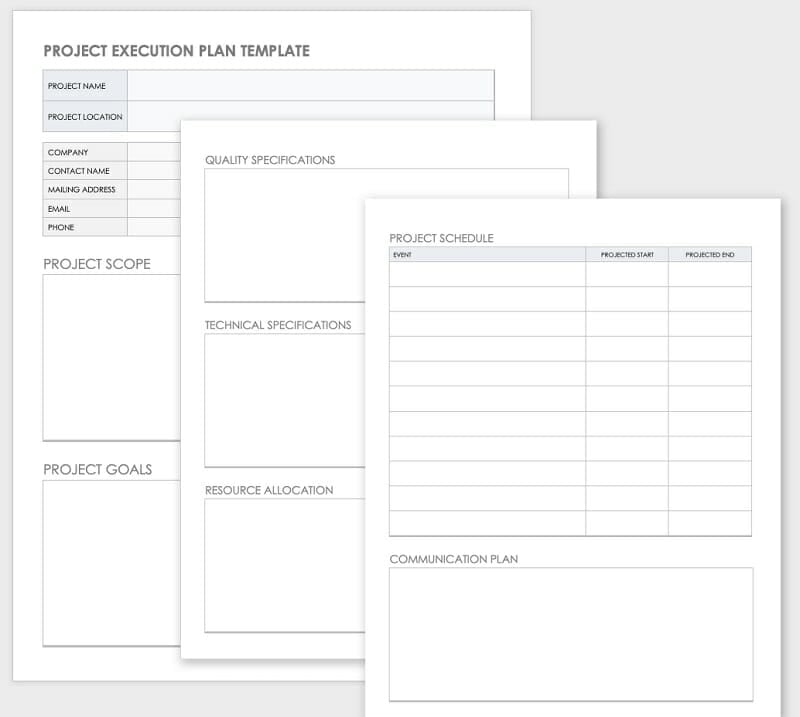
Monitoring and Controlling Phase
The monitoring and controlling phase spans the project, from project initiation to closure.
Project managers are mainly responsible for ensuring that every aspect of the project is in the right perspective. Actions like tracking, reviewing, and regulating the progress and performance of the project are features of this phase.
The monitoring and controlling phase involves vital areas like the scope, cost, and schedule. This phase allows the project manager to identify anomalies and make the required adjustments.
Closing Phase
Every project must come to an end. However, the hallmark of a successful project is to meet the client’s requirements and quality expectations within the set budget and timeframe.
The closing phase is the final stage of every project management life cycle. In this phase, ensure you conduct a wrap-up meeting where every team member and stakeholder is present.
Present every document and record you have kept about the project during the wrap-up meeting. These activities allow you to evaluate the project thoroughly and assess your performance.
Types of Traditional Project Management Approaches
Moving forward, let us talk about the types of traditional project management approaches.
Waterfall Method
The waterfall project management methodology is a simple yet effective way to plan your project process and get the desired results.
With the waterfall approach, you must complete each project phase before you proceed to the next one. You can always replicate this project plan for future projects and get the same successful result.
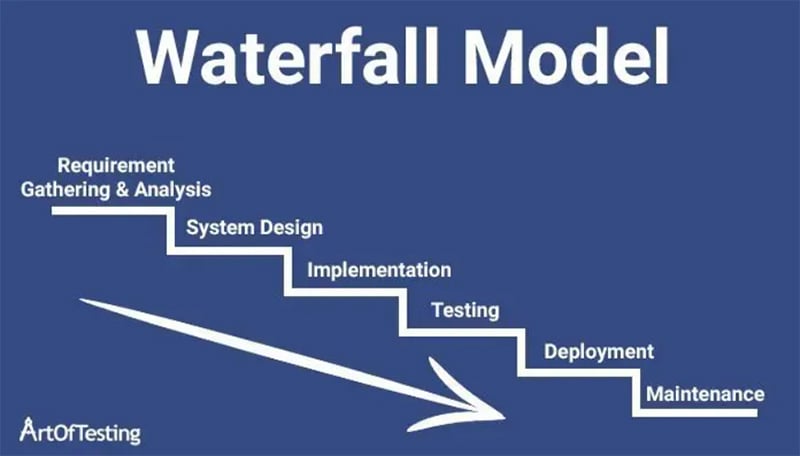
Critical Path Method (CPM)
Similar to the waterfall methodology, the critical chain method works sequentially. This approach allows project managers to organize critical tasks based on priority.
The project manager gives more attention and invests resources into more important tasks. This individual can reschedule less important tasks that seem to slow down the project process and focus on more vital tasks.
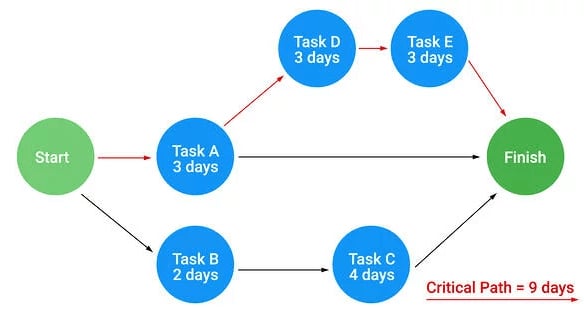
Critical Chain Project Management (CCPM)
The critical chain methodology focuses on the important aspect of the project, like the required resources for each project phase.
With this approach, the project manager can identify the various areas of the project that need resources. After identifying these areas, the manager supplies the most resources and attention to crucial and high-priority tasks.
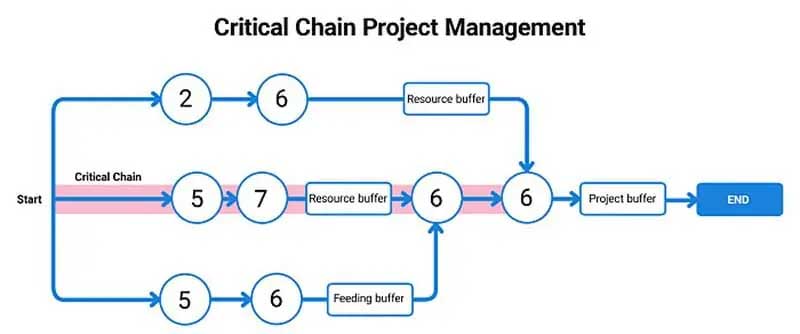
2. Agile Project Management Approach
The agile project management methodology is a popular and one of the most effective project management approaches. It came into existence in 2001 as an optimized approach for software development.
Unlike the traditional project management approach, the agile methodology encourages flexibility and more team collaboration rather than a hierarchical leadership structure which slows down work.
The agile approach uses sprints (short development cycles) to incorporate feedback and encourage continuous improvement. This approach is suitable for projects that require trial and error.
Some of the key benefits of the agile methodology include producing superior products, higher customer satisfaction, improved project predictability, and better return on investments (ROI).
Phases of Agile Project Management Approach
If you want to effectively apply the agile principles, you must understand the phases of the agile project management methodology.
Here are the steps you must follow to manage agile projects.
Envision Phase
The envision phase is a crucial aspect of every agile project. This phase involves developing an agile vision statement, defining the project, and setting the project goals and objectives. Another name for this phase is the initiation phase.
The project manager contacts relevant stakeholders. This phase lays the groundwork for the rest of the project, setting up the structure for the team and project timeline.
Speculation Phase
The speculation phase is also known as the planning phase. You create a clear plan for the project lifecycle and choose the best strategies that can help you complete the project on time.
During this phase, you are committed to two major activities. These activities include structuring the entire project into a series of high-level milestones and deciding the expected project timeline.
Furthermore, you will structure tasks based on their order of importance and craft solutions to critical tasks of the project.
Exploration Phase
This phase is not different from the execution phase of the traditional project management approach. The main focus of the phase involves having the team member work together to create value and maintain the quality of the final deliverable.
Your project team works by focusing their efforts on a single milestone and iterates until they achieve perfection. This phase is characterized by some degree of flexibility because the execution plan may change.
Adaptation Phase
This unique phase is filled with significant events and is unique to the agile project management approach. The adaptation phase enables the project team to prepare and adapt to unwavering circumstances.
You can navigate this phase successfully by identifying these challenges, crafting solutions, and applying these solutions. In addition, pay attention to customer feedback and ensure the project has all the end user’s requirements.
Closing Phase
Every project will always have its closing phase. In this phase, the project teams and departments work hand-in-hand to ensure they hit their target regarding project deliverables.
You must access the deliverables with the updated requirements to confirm if you are on the right track. Brainstorm with your team to identify areas for improvement and how to make better decisions in the future.
Types of Agile Project Management Approaches
With the right agile project management approach, project success is inevitable. Let's check out the various agile methods that help get the job done.
Scrum Methodology
When implementing the scrum methodology, every team member has a share of the project manager’s responsibility. This agile method has a more streamlined development of plans and other activities.
A scrum master serves as a leader and facilitator. You will have various team members taking up different tasks to promote flexible and effective task delegation.
Scrum is perfect for the construction industry. Agile teams use scrum boards to visualize their Scrum-based workflows. Online scrum boards make sprint tracking and workflow management easier.
Scrum Process
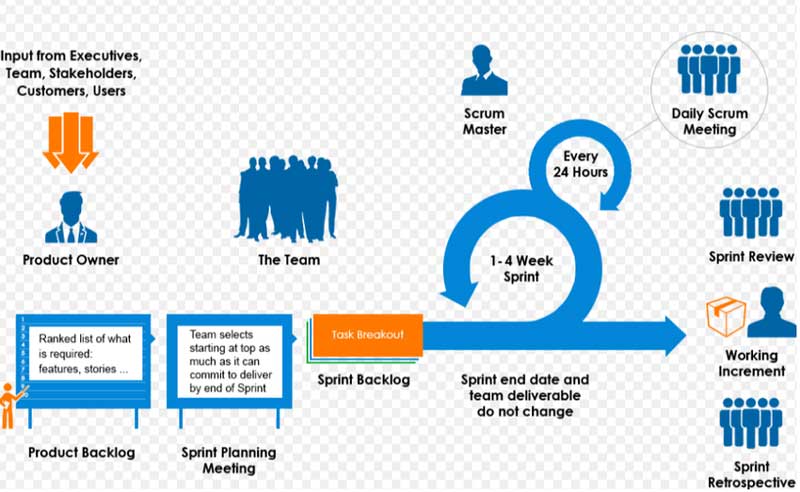
Kanban Methodology
The Kanban approach is ideal for projects that require constant updates.
What separates Kanban and Scrum is that the former emphasizes progressive continuity instead of following predetermined sprint periods.
The Kanban board is the visualization tool for the Kanban methodology. Tracking your project progress and adding continuous improvements to your workflows is easier with Kanban boards.
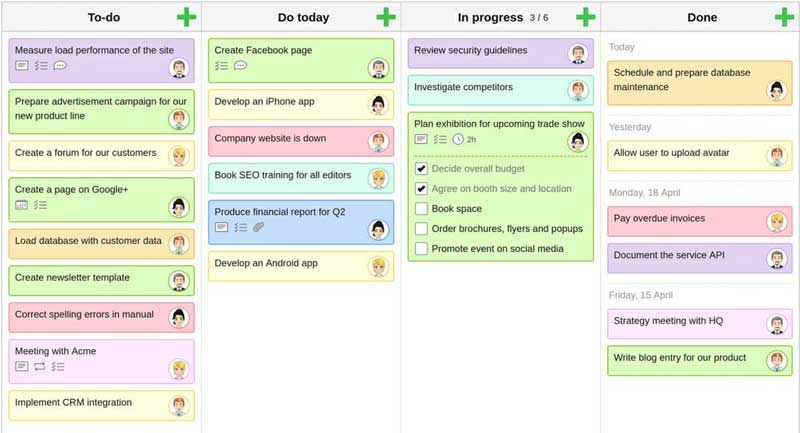
Extreme Programming (XP)
The extreme programming (XP) approach is tailored for software engineering. Clients that are unaware of end product requirements need various opportunities for a trial and error testing and feedback.
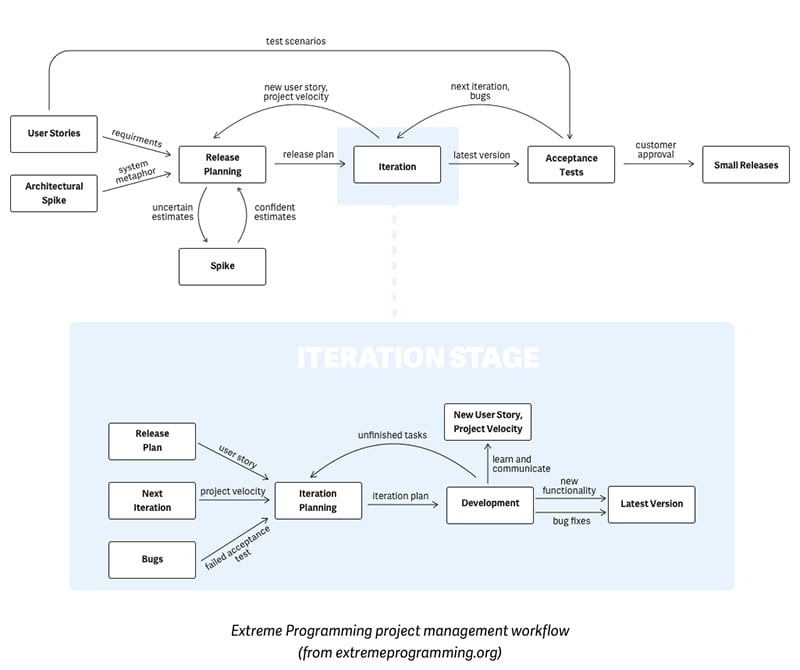
Adaptive Project Framework (APF)
Adaptive Project Framework (APF) approach helps project managers manage IT-related projects and activities like developing software with a need for adaptability and flexibility.
Lean Project Management Methodology
Lean methodology is the application of lean principles to manage your projects. This method came out of the Toyota production system. The goal of lean project management is to maximize the product or project value while reducing waste.
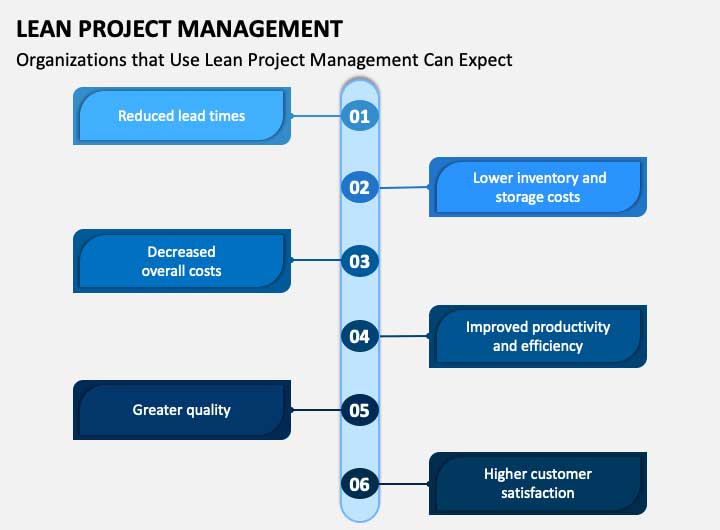
3. System Project Management Approach
The system approach breaks down the entire project into tasks or smaller components. It involves using standardized processes and tools for planning, executing, and controlling the project process.
This approach encourages using project management software to help simplify and automate various tasks and activities geared toward the completion of the entire project.
With this approach, you ensure your stakeholders are on the same page and are working together to ensure project progress and reduce project risks.
The system project management method is more popular than most people think. Manufacturing and construction industries use this approach for various activities.
For example, the building process of a skyscraper requires the skillful application of the system project management. You can break down this process into concise components like site preparation, foundation work, steel construction, electrical and plumbing systems, and finishing work.
With standardized processes and tools like flow diagrams, Gantt charts, and PERT diagrams, the project manager can seamlessly manage the project from start to finish.
Phases of System Project Management Approach
Planning Phase
The planning phase is a crucial part of the system project management approach as it determines every stage of the project.
With the help of tools like Gantt charts and PERT diagrams, the project manager can make the project plan more sophisticated and easy to execute.
Execution Phase
The purpose of creating a plan is to have a blueprint of how you and your teams will execute the project. This phase is where the project manager executes the project plans and ensures everyone is working to complete the project.
Monitoring Phase
The monitoring phase is crucial to the project’s success from start to finish. If there are any issues concerning a particular project, like unexpected project expenses, the project manager is responsible for getting the project back on track.
Monitoring a project is easier with the right project management tool. Luckily, the system project management approach supports the use of project management software to manage the project from start to finish.
4. Program Management
The best approach to tackle multiple projects is program management. You can manage multiple project processes, manage risks, coordinate tasks, and ensure success across every project.
This approach is commonly associated with projects that focus on functional and continuous improvement. Common areas include change management or industrial engineering.
Phases of Program Management
Different project methodologies have unique phases. Let's check out the phases of program management.
The Initiation Phase
The initiation phase is a vital aspect of the program life cycle and is where major decisions regarding the program are made.
Major players like the program sponsors are some of the decision-makers in this phase. After proper deliberation with relevant stakeholders, the program initiation is complete, and the program manager can process other vital aspects of the program.
The Program Planning Phase
Without proper planning, you cannot record success in your program.
The program planning phase is characterized by activities like making official and detailed documentation, developing strategies, and establishing frameworks for the execution and governance of the program and relevant projects.
The program manager is responsible for the success of the phase and puts in the effort to make it work.
The Resource Allocation Stage
This phase is where the program manager drafts and distributes every resource to the required places for work to begin. Resources distribution usually follows a predetermined order of priority for individual projects.
The Program Management Office (PMO) ensures that all projects receive the necessary resources needed for successful completion.
The Program Execution and Management Phase
This phase requires close supervision of projects and relevant tasks. The program manager has the responsibility of ensuring the project team executes the program plans within the allocated resources and set timeframe.
The Closing Phase
In this phase, the program manager ensures team members review projects for quality standard compliance. Ensure you comply with the program documentation and store them for future purposes.
The closing phase is where you discharge your team members and reassign them to other programs.
Sources
External Links
- 13 Simple Project Management Software
- Project Management Best Practices
- Essential Roles In Project Management
- What Is Digital Project Management?
- The Inspiring History of Project Management
- Essential Components of Project Management
- Smart Project Management Examples to Inspire You at Work